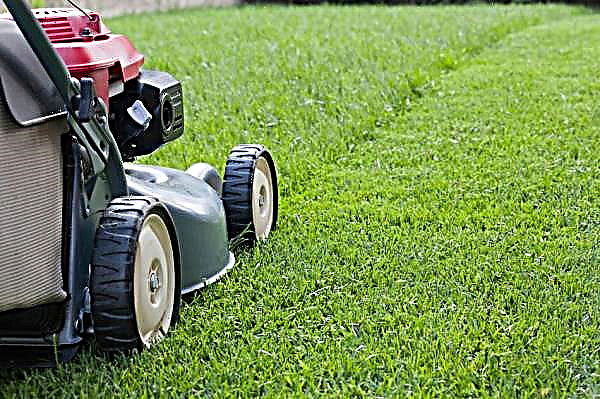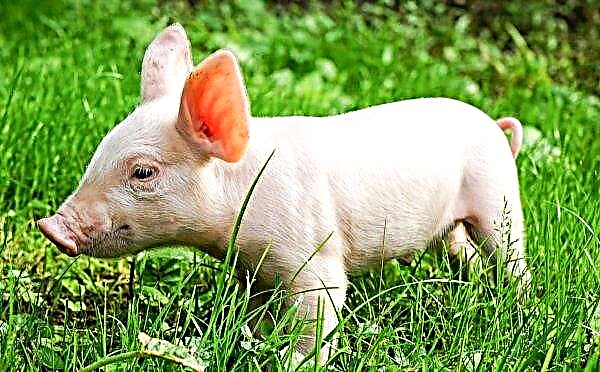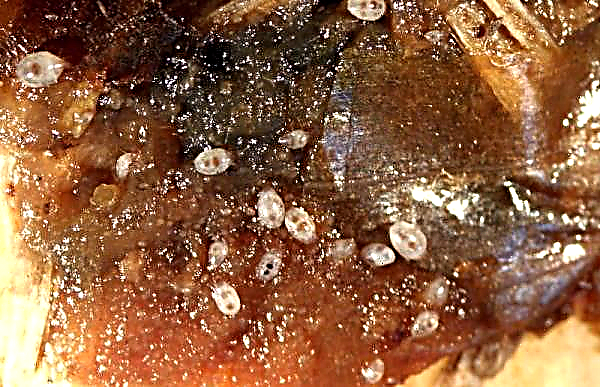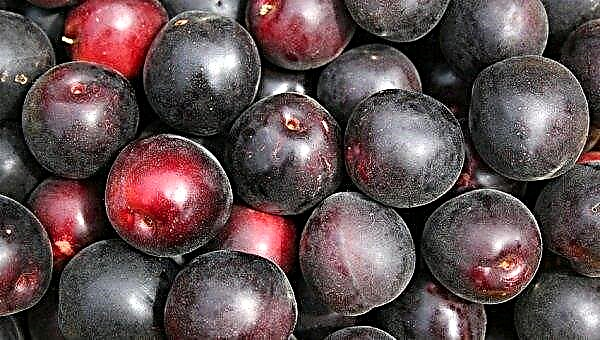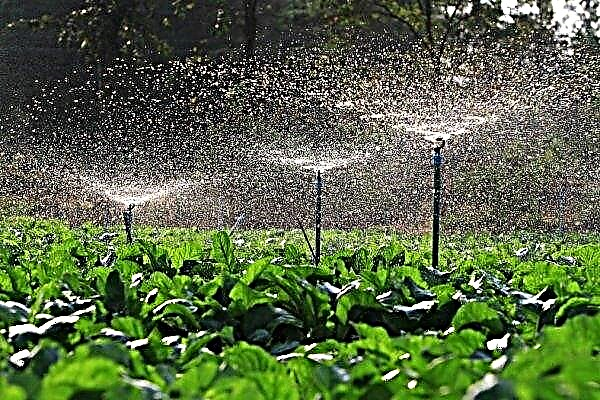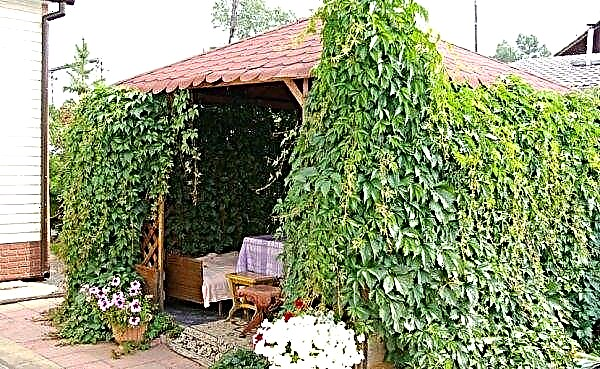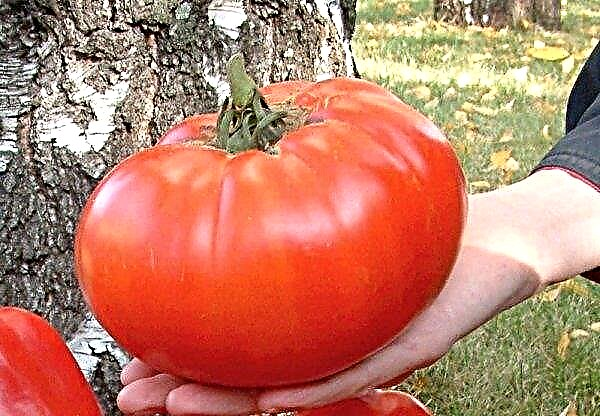Common juniper Green Carpet or Juniperus communis Green Carpet is one of the worthy representatives of the Cypress family. It is widely used in landscape design because of its decorative properties and unusual ability to cover the earth with a dense layer of dark green needles. In addition, the plant saturates the air with useful substances, which is especially important for patients with lung and heart problems.
Botanical Description
A short description of the properties of this species of Juniperus:
- size - height 12–18 cm, diameter 1.3–1.5 m;
- crown shape - creeping, dense;
- variety - grows slowly, a distinctive feature is that the branches of this shrub spread along the ground, interwoven with each other;
- growth rate - refers to slowly growing dwarf trees, over a year the shoots grow 12-18 cm wide;
- bark - changes color with age, from red or brick to dark brown;
- branches are thick, interwoven;
- root - deep, slightly branched;
- fruits - cones in the form of round berries up to 1-2 cm, blue-gray shade;
- needles - soft, not long, dense, needle-like, dense, light or dark green in color;
- soil - preferably sandy loam, loose and acidic, but can grow in almost any conditions, pH 5.5–6.5;
- insolation - this plant loves the sun; needles may fade in the shade;
- relation to humidity - undemanding.
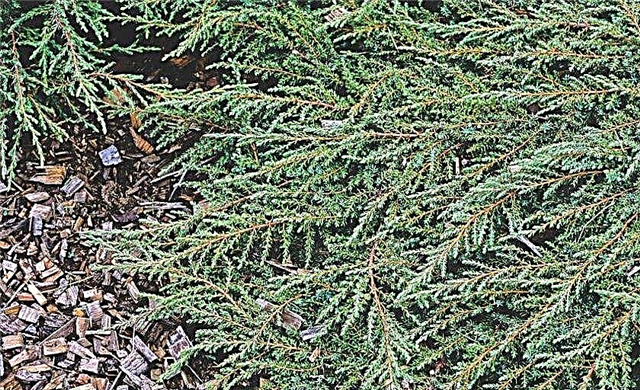
Landing
Green Carpet is easy to land. This shrub is unpretentious to the soil composition, but does not like salty soil. Before planting, it is better to treat the soil with lime, to drain and loosen. It is necessary to plant a tree from late April to mid-May.
Did you know? Juniper was used back in Ancient Russia, in those times kitchen items were made from it. In containers from the bark of this plant, milk was not sour for several days, even when it was warm.
The process itself should be divided into several steps:
- Preparation of planting material.
- Selection and preparation of the territory for planting a seedling.
- Landing and subsequent care.

Seedling preparation
Before planting this coniferous plant, carefully inspect the bush, remove dry and broken branches and shoots. In order for Juniperus to take up faster, it can be soaked for about 1 hour in a liquid that stimulates root formation. The size of the container in which the soaking will take place must fully accommodate the plant.
Did you know? Juniperus is very common among lovers of steam. Its branches are added to bath brooms, used for “steaming” the tubs and simply hung in the dressing room for aroma.
Site selection and preparation
The landing site for Green Carpet should be selected well-lit, protected from drafts and strong winds. There may be large trees nearby, creating a small shadow, but one should not forget that with severe dimming, the needles grow dull and lose their decorative properties.
The soil may be sandy or clay, well-loosened and not swampy. If the gardener plans to plant more than one seedling, then the distance between them should be at least 1 m.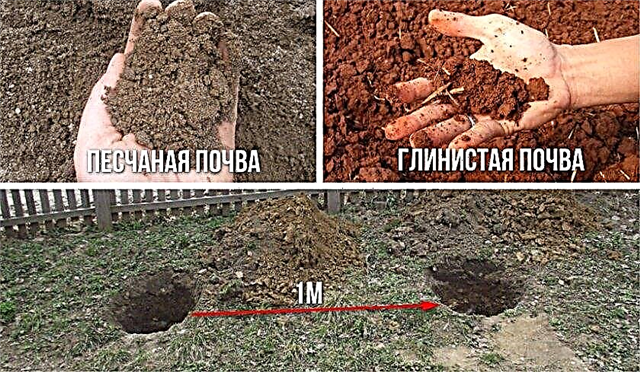
Landing process
Juniper planting itself consists of a series of steps:
- At the selected site, dig a hole 0.7-0.8 m deep and 0.6 m in diameter.
- If the site is flooded, drainage is laid at the bottom (broken gravel, brick or expanded clay, height about 0.1 m).
- Half of the excavated space is filled with a plant mixture with the composition - sand, fertile land, peat, respectively, a ratio of 1: 2: 1.
- Position the seedling in the center of the pit and cover it with the remains of the soil mixture.
- After planting, pour 6-8 liters of water and cover with a layer of mulch.
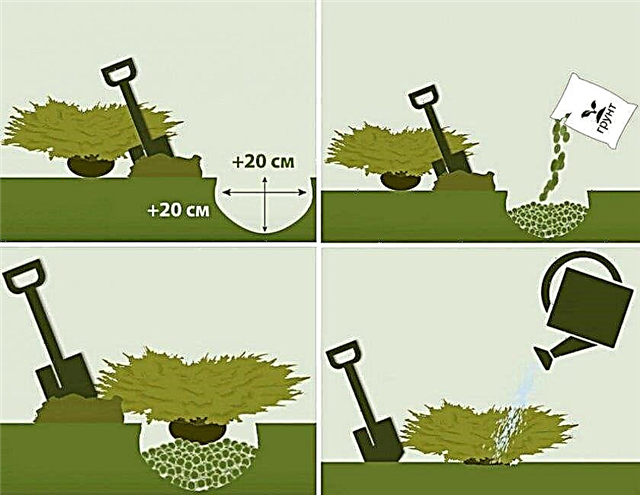
Juniper Care
Green Carpet is unpretentious in its care, the bush does not require constant attention, but to preserve the decorative properties of this coniferous one should not forget about such simple things as:
- top dressing;
- mulching and loosening;
- pruning
- watering;
- preparation for the winter period.
Important! This Juniperus strain does not accept transplants. Therefore, the choice of the site on which the tree will grow should be taken carefully so as not to injure the plant in the future.
Watering
An adult rooted juniper is often not worth watering, enough 1 time per month. If the summer is particularly dry - 2-3 times, but no more, since high humidity is undesirable for him. A young, freshly planted plant should be watered once a week. In order for the needles to be more shiny, it can be sprayed with water about 1 time in 10 days. This should be done after sunset.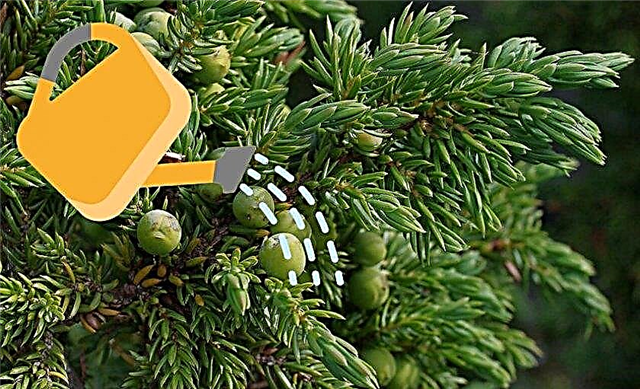
Top dressing
Green Carpet does not need special feeding. If you wish, and for your own comfort, you can add 40-50 g nitroammophoski to the water at the first watering.
Also in the spring months, when the snow melts and the movement of juices begins on the tree, feed juniper with mineral complexes that are intended for coniferous plants.
Loosening and mulching
It is necessary to mulch and loosen the soil around Green Carpet while it is young. Loosening is not deep, 5-10 cm, the protective layer around the roots should not exceed 6-8 cm, it is best to mulch with sawdust or bark left from conifers. Also in the first year around the juniper it is necessary to carry out weeding.
An adult plant does not need all the above actions. Since over time it covers the space around itself with branches and itself protects the soil from which it grows.
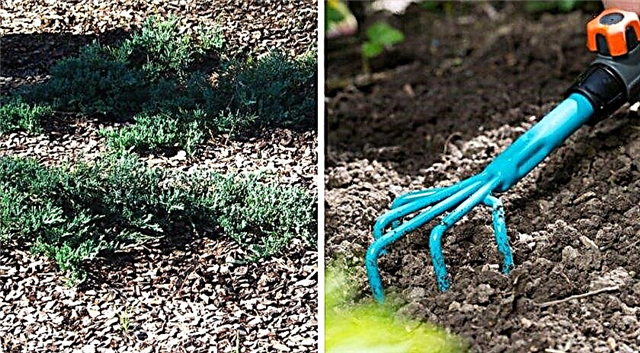
Pruning
Sanitary pruning of Juniperus should be carried out in the spring. It involves the removal of damaged or dried branches, and also, after a careful examination of the plant, the shoots affected by the disease should be cut. Cut branches should be immediately removed from the site on which juniper grows, taken out of the territory and burned.
Important! You can’t cut off the juniper branches by more than 30%, you can greatly slow down the growth of the plant for the next few years.
Formative pruning of branches is performed in autumn. A sprawling tree is sheared along the edges, preventing it from acquiring the shape of a ball. Thanks to this, the needles of the plant become thicker and lengthen in the right direction.
Winter preparations
Green Carpet belongs to the frost-resistant species and easily withstands up to -40 ° C. But, if winter promises to be very frosty and not snowy, you can protect the bush by covering it with spruce branches, peat or fallen leaves. If the juniper has recently been planted, this must be done.
Possible diseases and pests
The plant has good immunity and is not particularly susceptible to various diseases that are characteristic of other species of conifers. Juniperus can become ill from excess moisture or inadequate lighting. In such cases, it is affected by a fungus, which must be combated with fungicidal preparations. They treat the affected areas after careful pruning of diseased branches. To control pests, spray the tree with preparations: Fitoverm, Iskra, or Karbofos.
To control pests, spray the tree with preparations: Fitoverm, Iskra, or Karbofos.
Of the pests that prefer Green Carpet, you can name:
- shoot moth;
- spider mite;
- goldfish.
Breeding methods
Among experienced gardeners, two types of juniper propagation are considered the most popular:
- cuttings;
- layering.

Cuttings mean choosing healthy shoots during spring pruning. Branches up to 0.1 m in size are selected, which should be separated from the plant with sharp sterilized scissors. After this, the sprout must be rooted in a container with a plant mixture.
The method of propagation of seedlings using layering is considered more successful in survival. One of the branches of an adult bush should be pressed to the soil with a special bracket or an ordinary stone. Next year, the stem will take root and can be separated from the main plant and transplanted. Another plus of this method is that the separated seedling is more adapted to the soil when moving to a new place.
Video: Juniper propagation by cuttings
Use in landscape design
Green Carpet is often used by landscape designers to create various compositions. This evergreen tree is good because it itself creates lawns that do not need to be cut and weed. Its thick needles cover the soil with a whole carpet and does not allow weeds to grow.
If the height of this plant is correctly modeled by performing formative pruning, it can be done so that the young branches are higher than last year, creating a wavy effect. Given the bonding properties of juniper roots, it is used to strengthen when creating alpine slides or bulk hills.
Green Carpet looks best in areas with artificial stone mounds and heather glades.
This plant is combined:
- with phlox;
- grassy cloves;
- barberry.
Due to its evergreen needles, unpretentiousness and small growth indicators, Green Carpet is spread not only among experienced gardeners, but also used to decorate ordinary city squares and parks.

